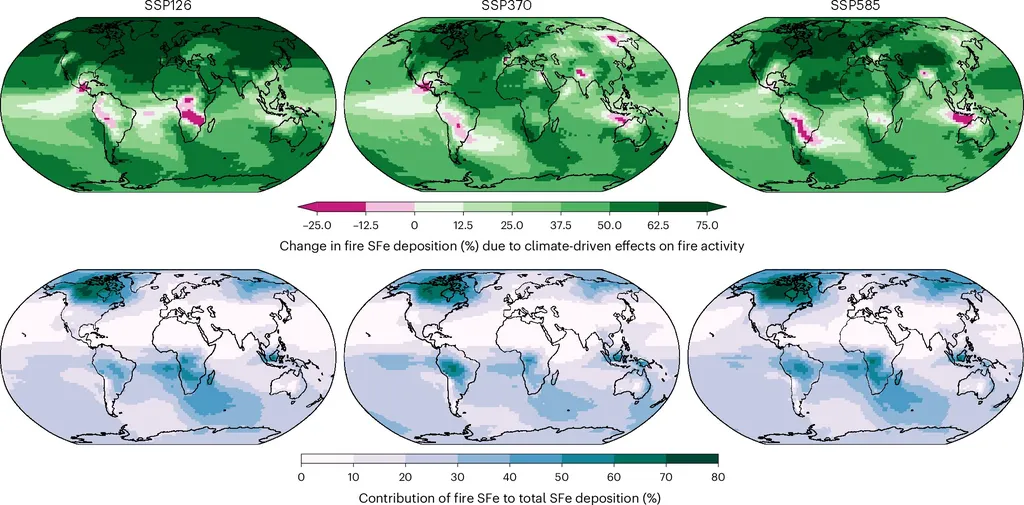In the vast expanse of the southeast Atlantic (SEA), a silent transformation is taking place, one that could reshape our understanding of climate models and their implications for the energy sector. A recent study led by A. A. Fakoya from the School of Meteorology at the University of Oklahoma has shed new light on the aging process of biomass burning aerosols (BBA) from agricultural fires in southern Africa, revealing that these particles become more absorbing during their transatlantic journey.
The research, published in the journal ‘Atmospheric Chemistry and Physics’ (translated as ‘Atmosphärische Chemie und Physik’), combines remote sensing observations with regional model outputs to investigate the evolution of BBA optical properties. The findings challenge existing assumptions and could significantly reduce uncertainties in model estimates of aerosol-driven climate forcing.
As aerosols age during their transport across the SEA, they undergo distinct changes. Initially, fresh aerosols near the source are characterized by low single-scattering albedo (SSA) and high extinction Ångström exponent (EAE), indicating smaller, highly absorbing particles. However, the story takes an intriguing turn as the aerosols age. “Initially, we observed a decrease in absorptivity, with mean free troposphere SSA increasing to 0.87 after 6–7 days,” explains Fakoya. “But then, something unexpected happened. After 10 days, the absorptivity increased again, with mean free troposphere SSA dropping back to 0.84. This suggests that chemical aging enhances absorption.”
This enhanced absorption due to chemical aging has profound implications for the energy balance over the SEA. The radiative effects of these aerosols depend on the contrast between the aerosol layer in the free troposphere and the underlying cloud layer. As Fakoya’s research demonstrates, this contrast is not static but evolves over time, influencing the overall radiative forcing.
For the energy sector, these findings are particularly relevant. Accurate climate models are essential for predicting future energy demands and planning infrastructure. By reducing uncertainties in aerosol-driven climate forcing, this research can enhance the reliability of these models, enabling more informed decision-making.
The study also highlights the importance of interdisciplinary collaboration. By combining remote sensing observations with regional model outputs, Fakoya and his team have opened new avenues for exploring aerosol–radiation interactions. This approach offers a promising path forward for future research, potentially leading to more accurate climate predictions and better-informed energy policies.
As we grapple with the complexities of climate change, studies like this one serve as a reminder of the intricate web of interactions that shape our planet’s climate. By unraveling these complexities, we can hope to build a more sustainable future, one where the energy sector and the environment coexist in harmony.

